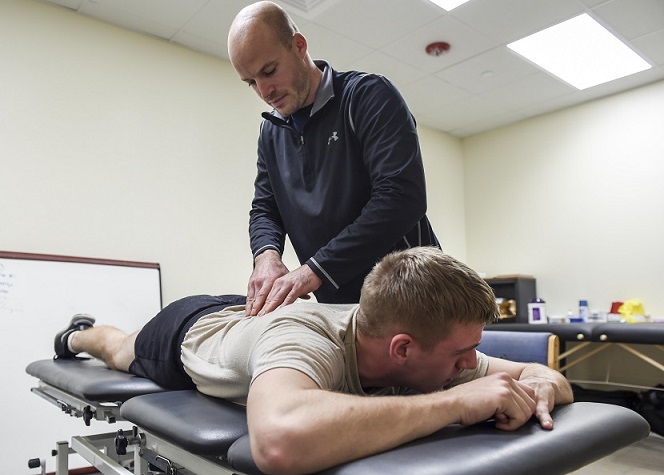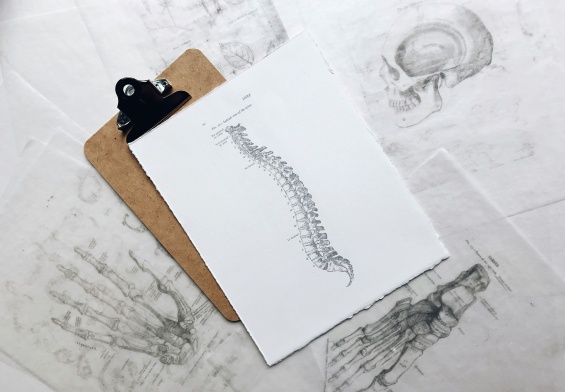Sports injuries have the power to take athletes away from their sport for games, seasons and sometimes entire careers. Commonplace in nearly every sport, injuries often result from a lack of conditioning, improper training, fatigue or overuse. Often, injuries are caused by a combination of these factors. Usually the fastest and most effective way of healing from sports injuries is through physical therapy. This kind of rehabilitation effectively helps patients restore both strength and movement. Another benefit of physical therapy is how it can help to manage pain and prevent further damage and recurring injuries.
Trained to Aid Recovery Post Injury
In order to speed up recovery after an injury, physical therapists teach a variety of exercises, stretches and techniques to address specific problems. Indeed, a great deal of their training centers on how to help people heal from sports injuries.
Typical Sports Injuries
Some of the most common sports injuries include fractures, dislocations, sprains, dislocations and knee injuries. Because athletes participate in such a wide variety of sports, there are numerous injury risks. For this reason, physical therapists examine the biomechanics of athletes participating in different sports in order to keep them safe.
For instance, athletes such as tennis players, golfers, and baseball pitchers use repetitive motions that put their body parts through the kind of stress that lead to injury. By examining these movements, physical therapists can develop ways to avoid the type of overuse which leads to injury.
Pitchers, for example, often put a great deal of stress on the elbow without using their legs in their motions. Consequently, the elbow receives excessive force, which can cause damage. Furthermore, some pitchers may have flawed motions which cause additional harm to specific body parts.
Treatment of Sports Injuries
In order to properly treat an injury, physical therapists have to understand the specific injury and its extent. As a result, therapists examine patients on a regular basis. In essence, it becomes their responsibility to recognize and diagnose the patient’s stage of healing and the appropriate treatment.
To understand the road to recovery, the healing process is broken down into three stages: the acute phase, the subacute phase and the chronic phase.
For example, the acute phase commonly involves rest, ice, compression and elevation to control inflammation and to speed up recovery. In the next phase, the subacute phase, an athlete may begin to perform assisted range of motion exercises and strengthening exercises. Eventually, the athlete progresses to the chronic phase in which she or he returns to function and restarts pre-injury workout routines.
By documenting the steps for each phase over the years, physical therapists have developed treatment protocols that dictate specific activities and treatments an athlete should receive based on their current phase.
Sports and Concussions
Along with injuries to bones, joints and muscles, we hear much more about concussions in sports today. A concussion is a traumatic brain injury that can lead to debilitating headaches, reduced alertness and even unconsciousness. It can occur when a moving object collides with the head or when the head clashes with another object. Sports that produce the most concussions are boxing, football, hockey, rugby and skiing. Because concussions are one of the toughest sports injuries to manage, physical therapists play an integral part in their identification and treatment.
For this reason, physical therapists need to understand the signs and symptoms of a concussion. With this knowledge, the therapist can provide a patient with both a home exercise program and instructions on activities to avoid. For instance, he or she can prescribe limited reading, fewer outside activities, decreased video game playing and limits to any other activities that might increase stimulation to the brain.
Injury Prevention
A good warm-up and stretching are always helpful to prevent injury. However, consulting a physical therapist before an injury worsens is also important because he or she can address areas of concern before more drastic steps need to be taken. As physical therapists gather more knowledge regarding the diagnosis, treatment and prevention of different sports injuries, the standards of care will continue to rise, and the discomfort and duration of recovery will continue to diminish.




